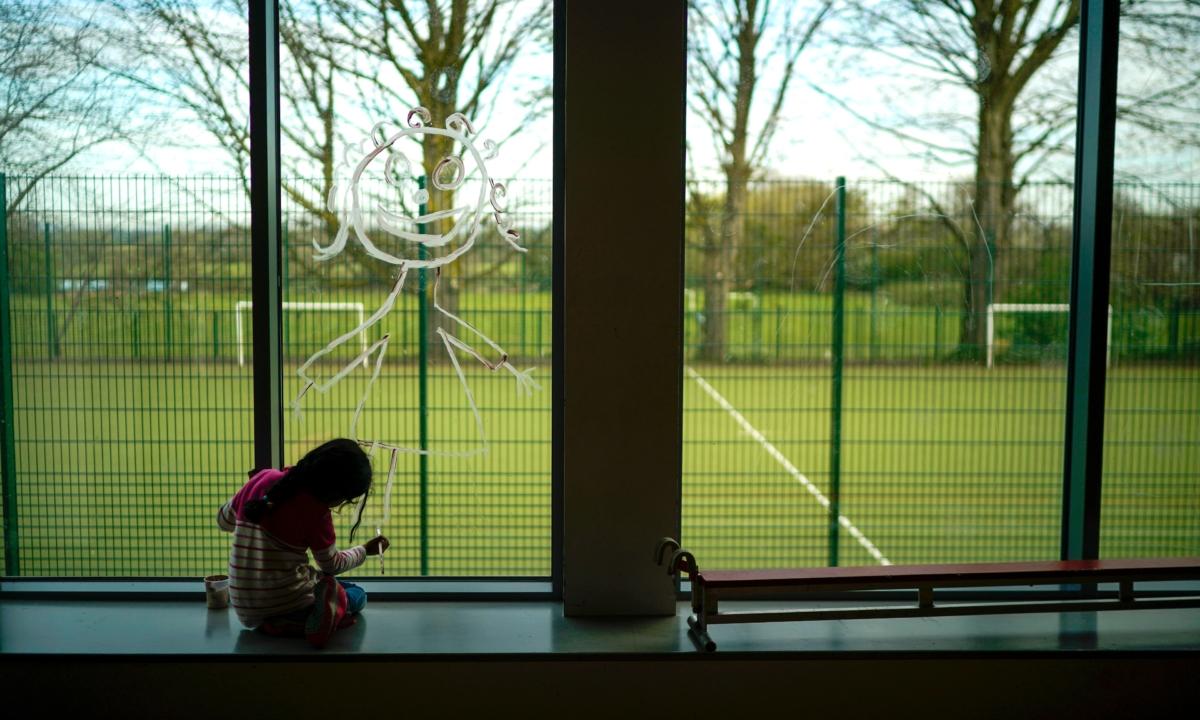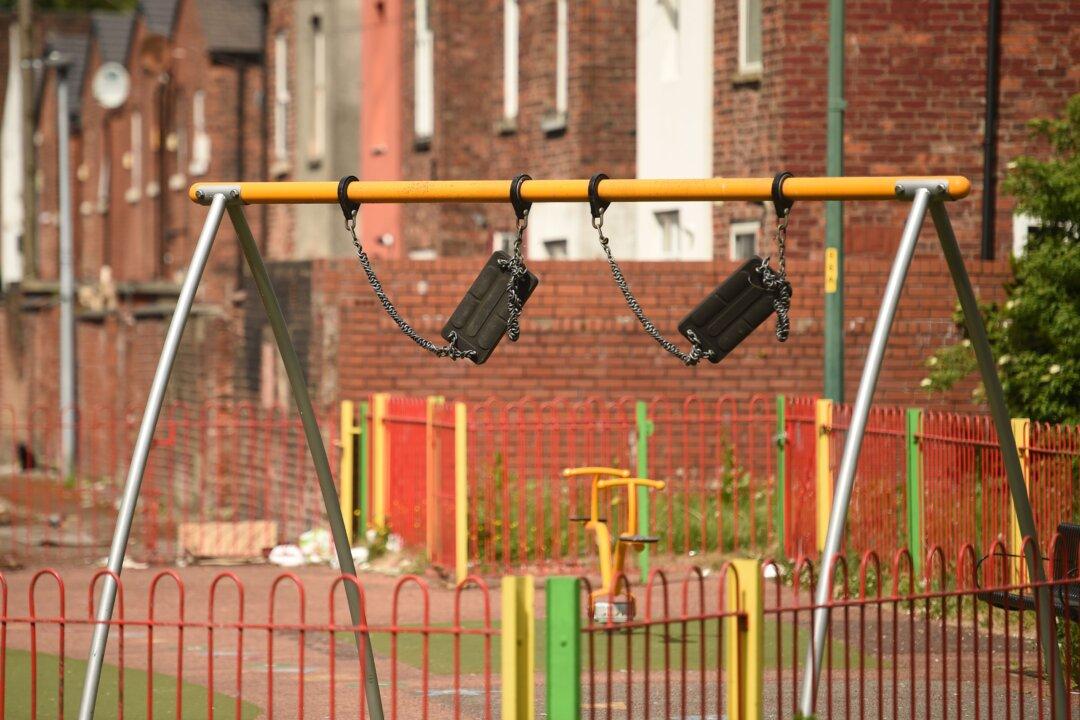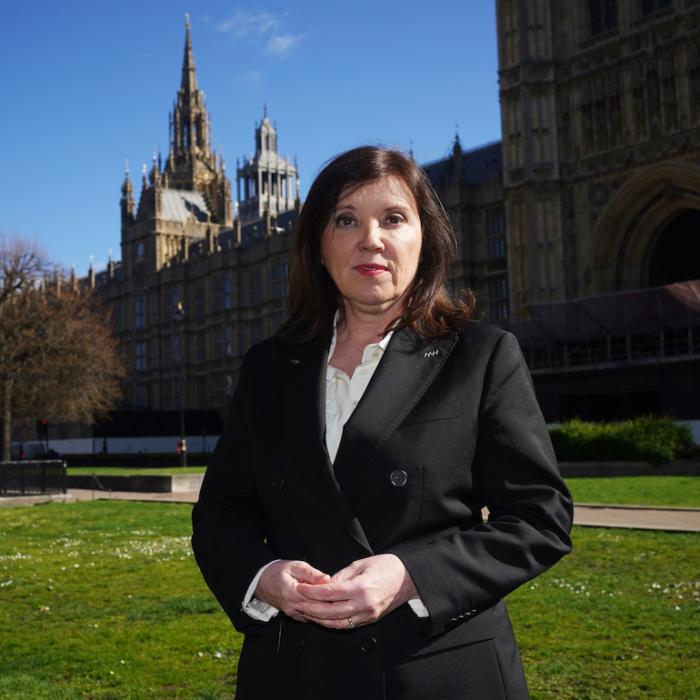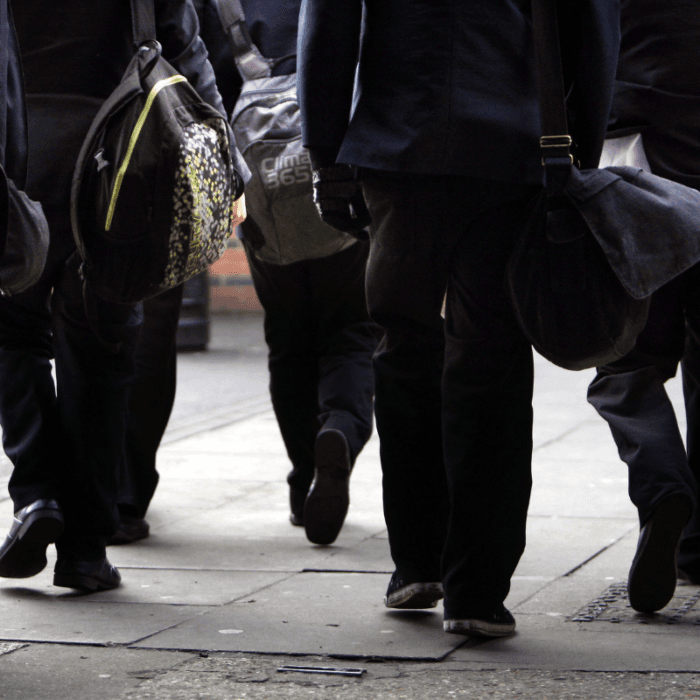The COVID-19 lockdowns negatively impacted the educational attainment of girls more than boys, analysis has found.
Girls remained mostly ahead of their male peers, with girls still outperforming boys in reading, but the gaps between girls and boys had narrowed.
The head of analysis and the director for school performance and systems at EPI, Jon Andrews, said that what was “particularly striking” in the analysis is that “girls’ attainment appears to have been hit harder by the pandemic [lockdowns] than it has for boys, with gaps in reading closing and boys pulling further ahead in primary maths.”
Attainment Gap Between Girls and Boys
The report found that in primary maths, results had fallen for girls and boys, but girls had fallen farther, with the attainment gap widening from two months to 2.9 months in favour of boys.At primary reading, outcomes for girls were largely the same as they had been before the COVID-19 pandemic. There had been been an improvement in boys’ reading, resulting in the attainment gap narrowing by one month, with girls now 3.1 months ahead of boys.
For secondary school attainment, boys’ outcomes for reading had remained the same while girls’ outcome had fallen; the attainment gap narrowed by 1.2 months, with girls still ahead by 4.4 months.
Disadvantaged Pupils
The report also examined the outcomes for disadvantaged pupils, finding that “the effects of the pandemic have not been felt evenly,” with the gap between pupils from low-income backgrounds and their peers having widened since the lockdowns.EPI said that “outcomes for pupils from persistently disadvantaged backgrounds – those eligible for free school meals for at least 80 per cent of their time in school – are particularly low.”
“Amongst primary-aged pupils, persistently disadvantaged pupils are now typically ten months behind their non-disadvantaged peers in maths (an increase of 0.9 months since the start of the pandemic), and over 14 months behind in reading (an increase of half a month since the start of the pandemic),” the report said.
Authors found that “substantial gaps” persist between different parts of the country, noting that the lockdowns appeared to have “exacerbated geographic inequalities with a widening gap between the highest and lowest performing regions.”
The study concluded that the series of reports “suggest that we may be seeing the effects of the pandemic in national assessments for some time yet.”

‘No Replacement for In-Person Learning’
Paul Whiteman, general secretary of the school leaders’ union the National Association of Headteachers, said: “The pandemic undoubtedly disrupted children’s education—many missed months of in-person lessons and lost their routine.“Schools worked incredibly hard to minimise the disruption, but there is no replacement for in-person learning.”
The government first ordered schools to be closed towards the end of March 2020 with some year groups returning in June. The government ordered the closure of schools again on Jan. 5, 2021 and they remained closed until March 2021. This means that for several months, children were learning from home.
A Department for Education spokeswoman said, “While girls continue to outperform boys across most headline measures, the latest data shows the gender gap between boys and girls has narrowed.”
The spokeswoman continued, “We are taking a range of steps to improve attainment and outcomes for all pupils, with additional support for disadvantaged pupils through programmes, including the pupil premium which will rise to over £2.9 billion in 2024–25, and the National Tutoring Programme.”
‘Long-Term Damage’ from Lockdowns
Speaking to NTD’s “British Thought Leaders” programme in February, journalist and author Harriet Sergeant said that some children might have “long-term damage” as a result of being out of school because of lockdowns.Ms. Sergeant noted that the number of persistently absent children—pupils who are off school for more than 10 percent of the time—had more than doubled after lockdowns.
“Before lockdown, there was a level figure about 60,000 who were persistently absent from school, but after lockdown, it’s leaped up to 140,000,” she said.
Ms. Sergeant said that one school counsellor distinguished between two groups of children who were absent from school following the lockdowns: those that are too anxious and those that are too angry.
“There’s the children that are just too anxious to leave their room,“ she explained, and there are ”the children that you can’t get back into the house.”
The latter group of children, she said, are “so angry and aggressive they’re out on the street, they’re joining gangs, and they’ve just dropped out completely.”







